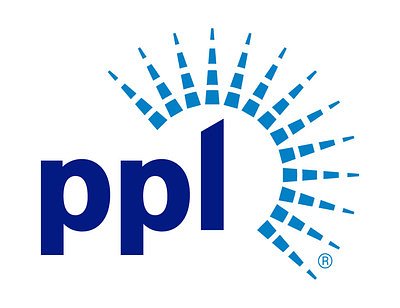
PPL Bets on Grid Modernization with $1 Billion Exchangeable Note Offering
Utility giant PPL Corporation issued $1 billion in exchangeable notes, signaling confidence in its long-term growth plans fueled by significant infrastructure investments and data center demand. Analysts weigh the financial implications.
PPL Bets on Grid Modernization with $1 Billion Exchangeable Note Offering
NEW YORK, NY – November 19, 2025
PPL Corporation announced today the pricing of $1 billion in 3.000% exchangeable senior notes due 2030, a move analysts say reflects the utility’s confidence in its ambitious infrastructure investment plans and long-term growth trajectory. The offering, priced to qualified institutional buyers, includes an option for purchasers to buy an additional $150 million, potentially raising the total to $1.15 billion. Proceeds will be used to repay short-term debt and fund general corporate purposes.
Strategic Bet on Future Growth
The exchangeable nature of the notes – allowing holders to convert them into PPL common stock at a premium – is a key indicator of the company’s outlook. The initial exchange price represents roughly a 20% premium to the closing price on November 19th, signaling PPL’s expectation that its stock price will appreciate in the coming years. “This isn’t just about raising capital; it’s a strategic statement,” explained one market analyst. “PPL is effectively saying, ‘We believe in our future prospects, and we’re willing to share that upside with investors.’”
The company’s recent earnings reports support this optimism. PPL reported strong Q3 2025 results, beating consensus estimates, and maintains a projected 6-8% annual EPS and dividend growth through at least 2028. This positive momentum, coupled with a robust credit profile – currently rated A- by S&P and Baa1 by Moody’s – has positioned PPL as an attractive investment within the utility sector.
Fueling the Grid of the Future
A significant portion of the capital raised is earmarked for PPL’s multi-billion dollar infrastructure investment plan. The utility projects $20 billion in infrastructure investments from 2025 through 2028, a commitment driven by the need to modernize its grid, enhance reliability, and support growing energy demands. “The company isn't just upgrading existing infrastructure; they're building a grid that’s prepared for the future,” a source familiar with PPL’s strategic planning stated.
This modernization effort is multifaceted. PPL is implementing advanced grid technologies, expanding automation, and investing in battery storage systems to integrate renewable energy sources. However, a particularly prominent driver of this investment is the surging demand for electricity from data centers. The company has seen a dramatic increase in interconnection requests for new data center projects, particularly within its Pennsylvania service territory. To meet this demand, PPL has formed a strategic joint venture with Blackstone Infrastructure, planning to develop up to 6 gigawatts of generation capacity, representing an investment of approximately $15 billion.
Navigating the Financial Landscape
While the exchangeable notes offer a potentially attractive financing option, analysts are closely examining the financial implications. PPL already carries a substantial debt load – roughly $17.8 billion as of June 2025 – and the new notes will add to that. However, the company maintains a solid interest cover ratio of 2.7 times, suggesting it can comfortably service its debt obligations. “The key will be how effectively PPL manages its debt levels while continuing to invest in growth initiatives,” noted one financial analyst.
The decision to issue exchangeable notes, rather than traditional debt, is also noteworthy. While exchangeable notes typically carry a lower interest rate, they dilute existing shareholders if the notes are converted into stock. “The company is essentially trading a small percentage of future equity for lower financing costs,” explained another industry observer. The potential for dilution is mitigated by PPL’s expectation of stock appreciation, which would reduce the effective dilution ratio.
Furthermore, the current market environment is presenting challenges to utilities. Rising interest rates and inflationary pressures are increasing capital costs and potentially dampening demand. PPL's ability to navigate these challenges and maintain its growth trajectory will be crucial to its long-term success. However, the company's strategic focus on grid modernization and data center demand, coupled with its strong financial profile, positions it well to weather the storm. “PPL is investing in the right areas, and they have a clear vision for the future,” concluded one analyst. “This offering is a testament to their confidence and their commitment to delivering long-term value to shareholders.”
📝 This article is still being updated
Are you a relevant expert who could contribute your opinion or insights to this article? We'd love to hear from you. We will give you full credit for your contribution.
Contribute Your Expertise →